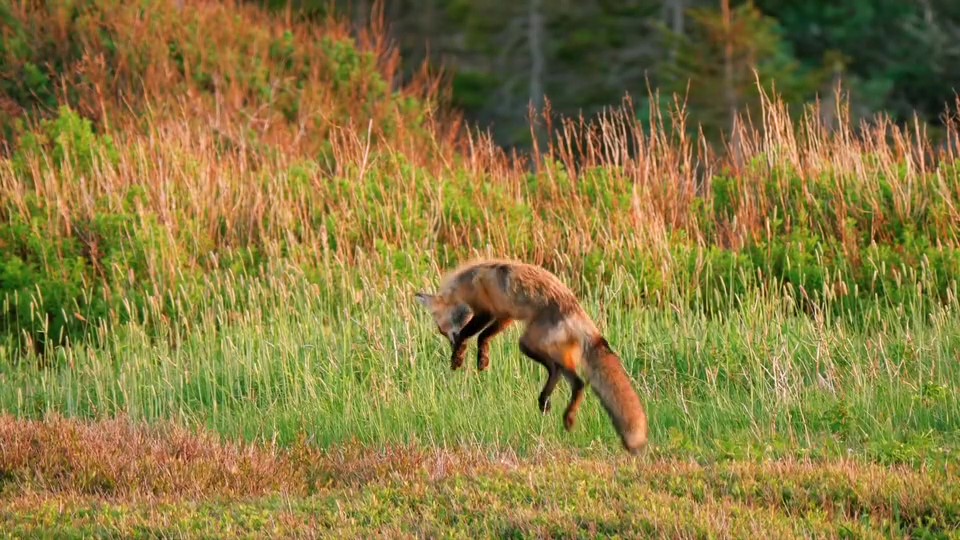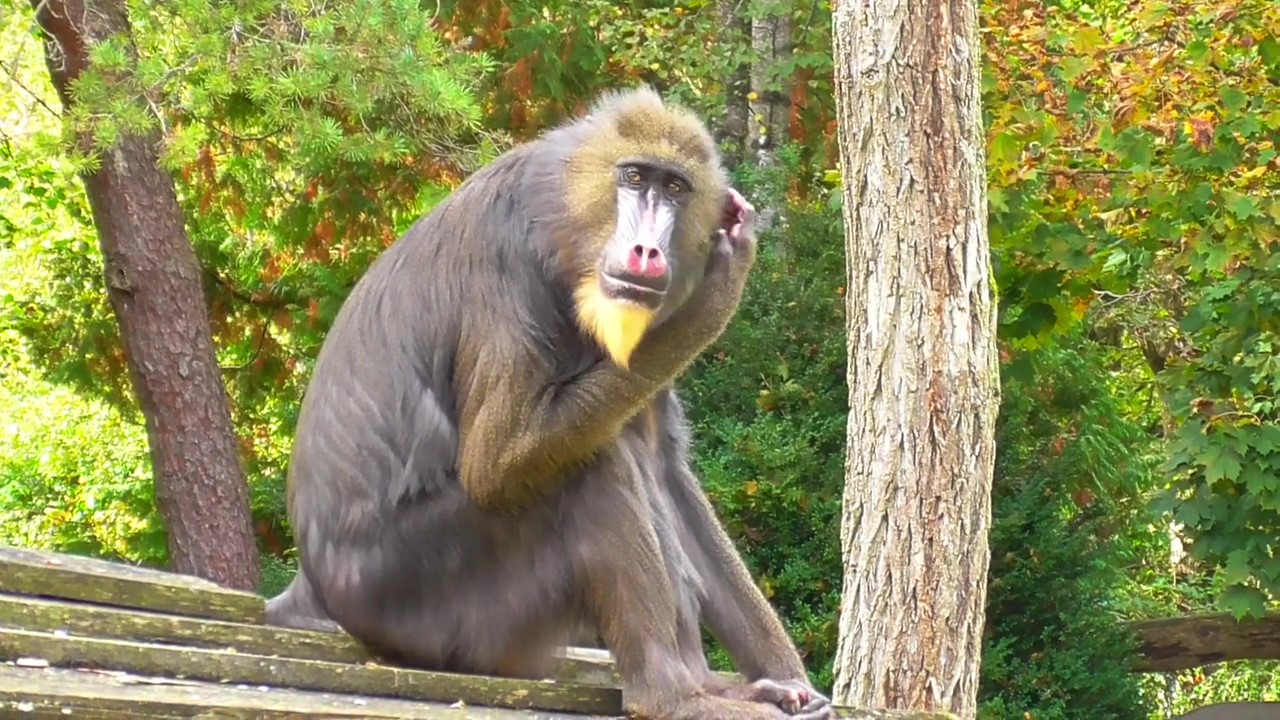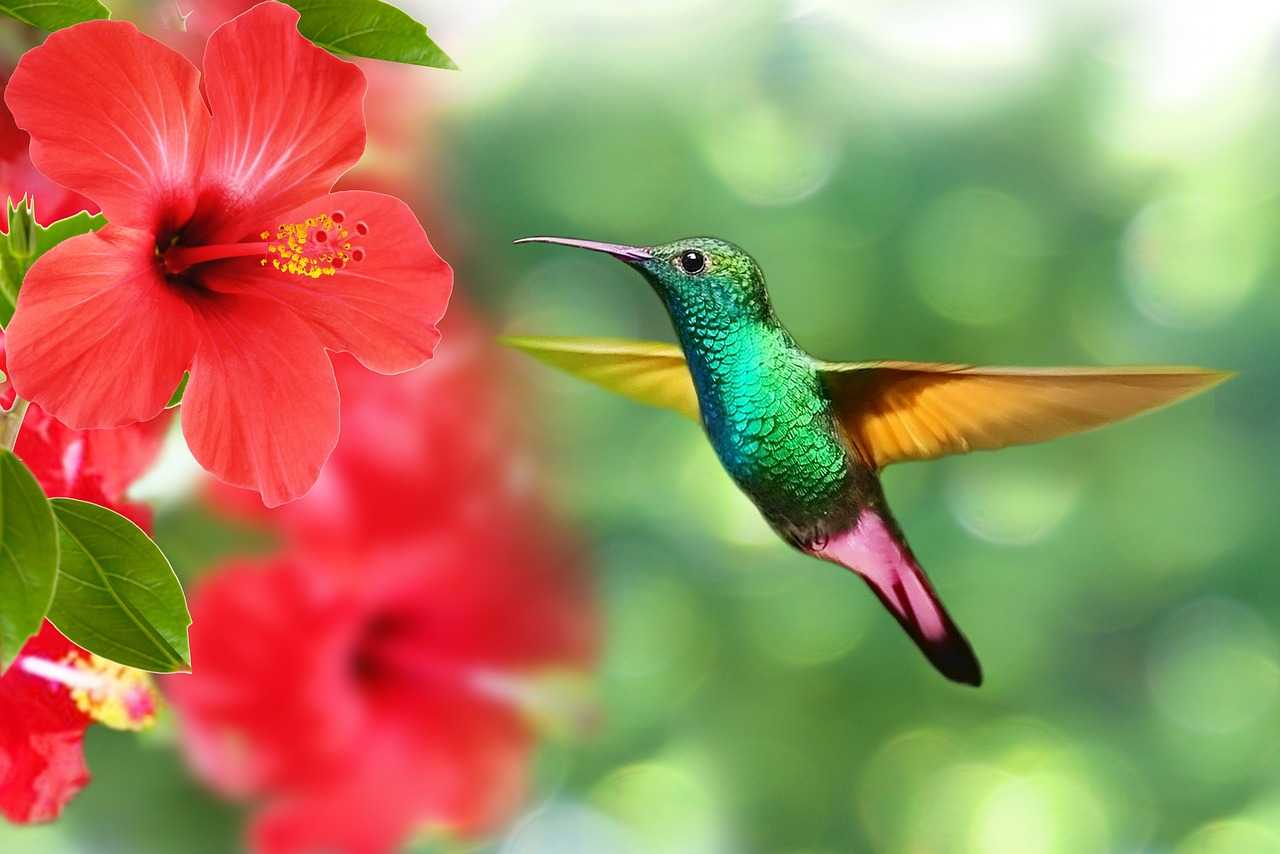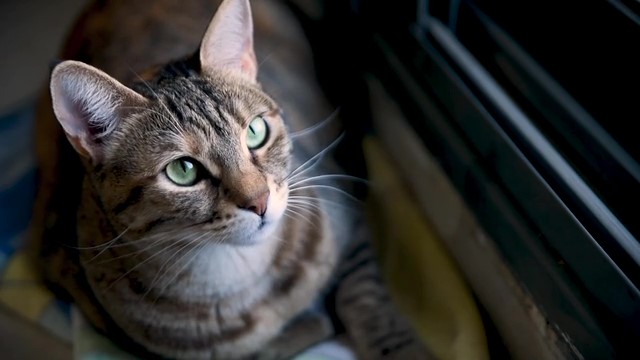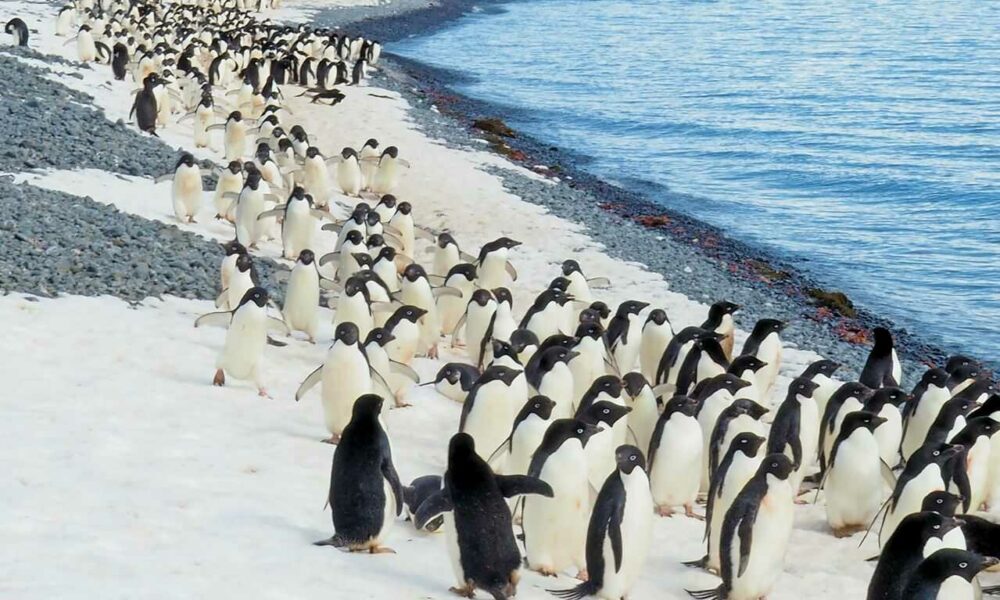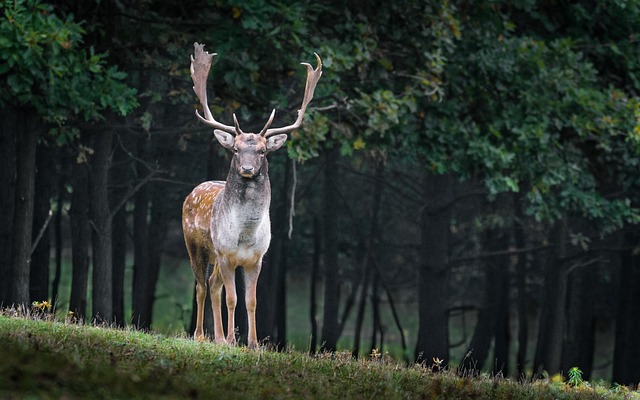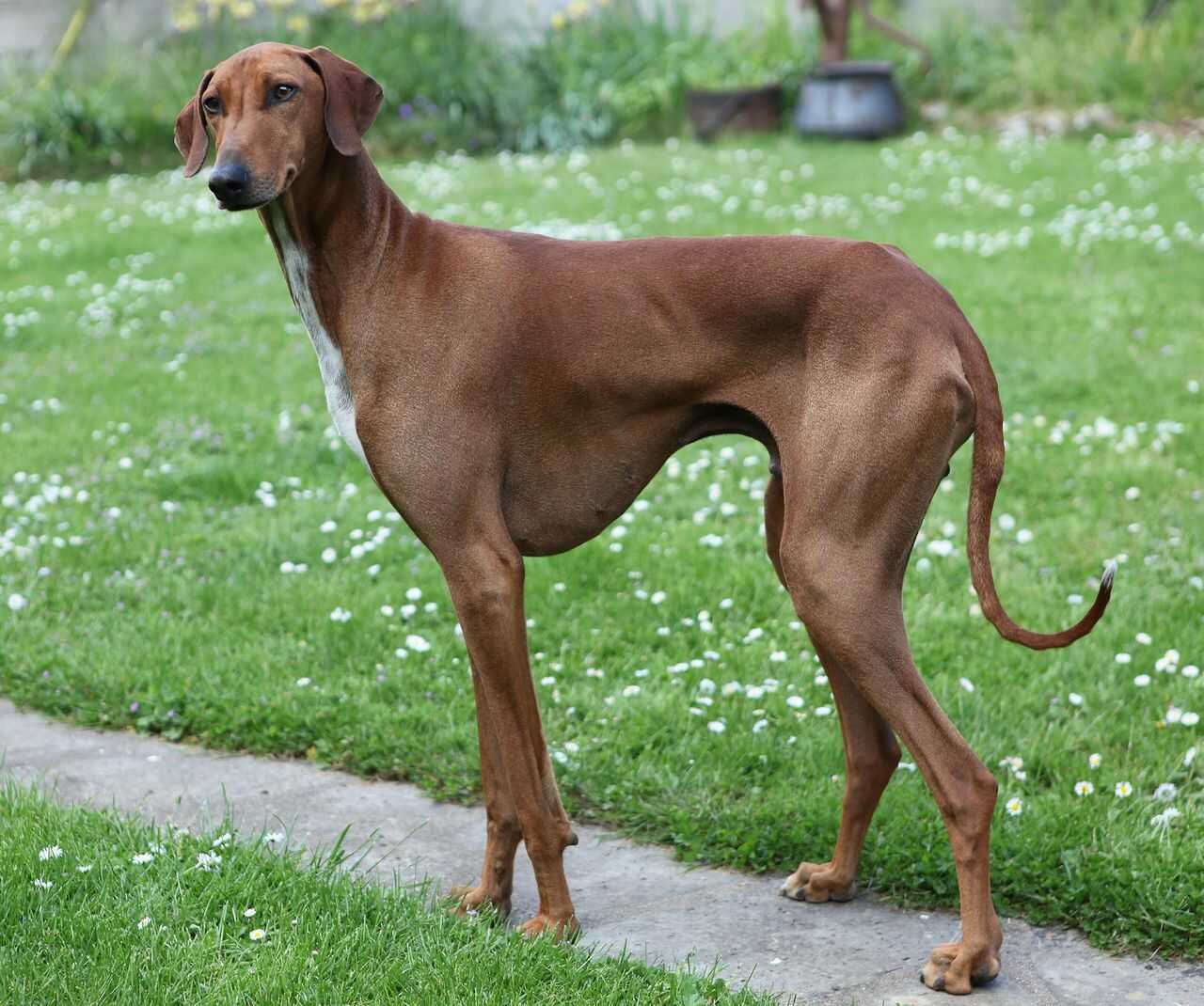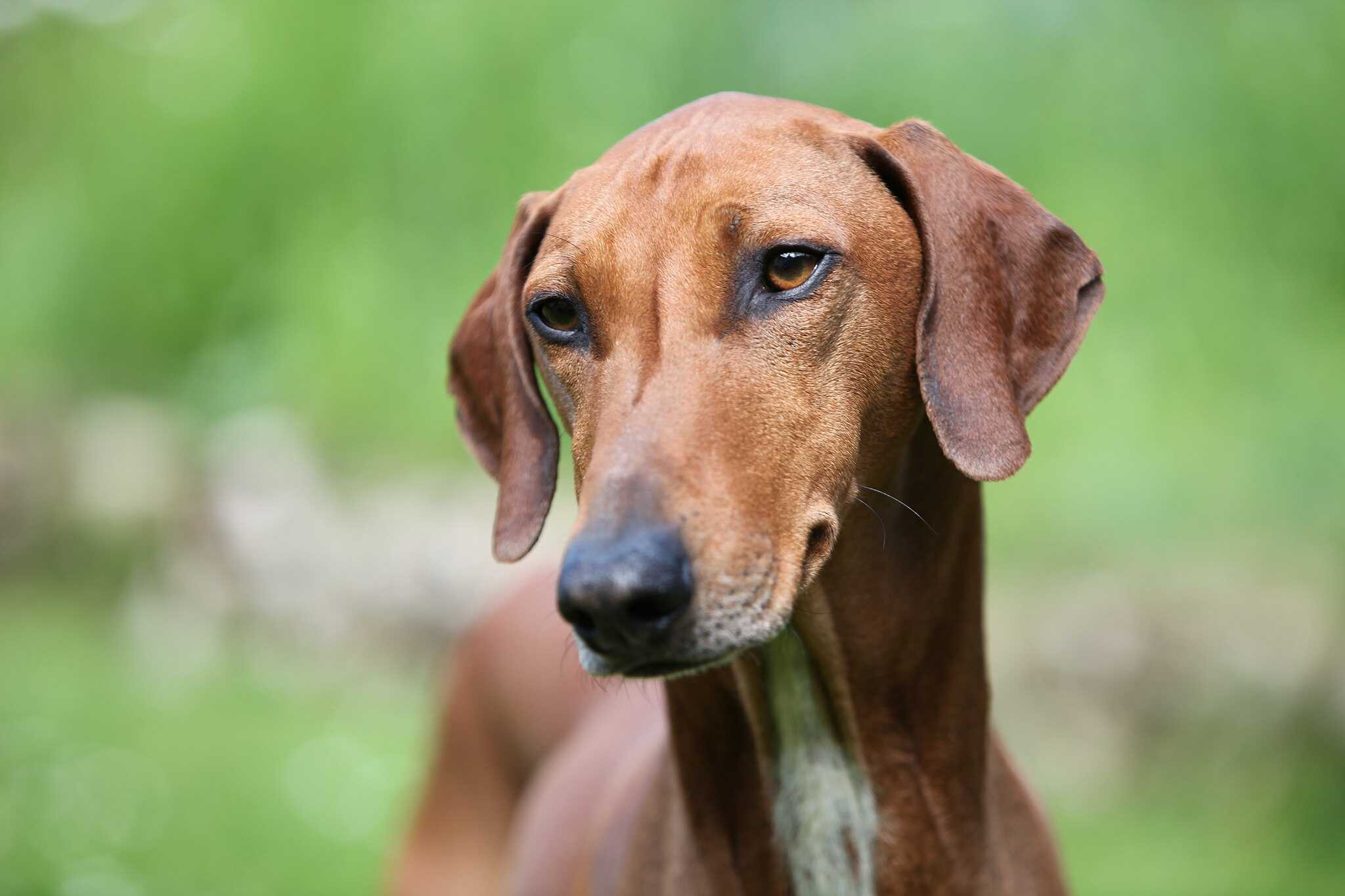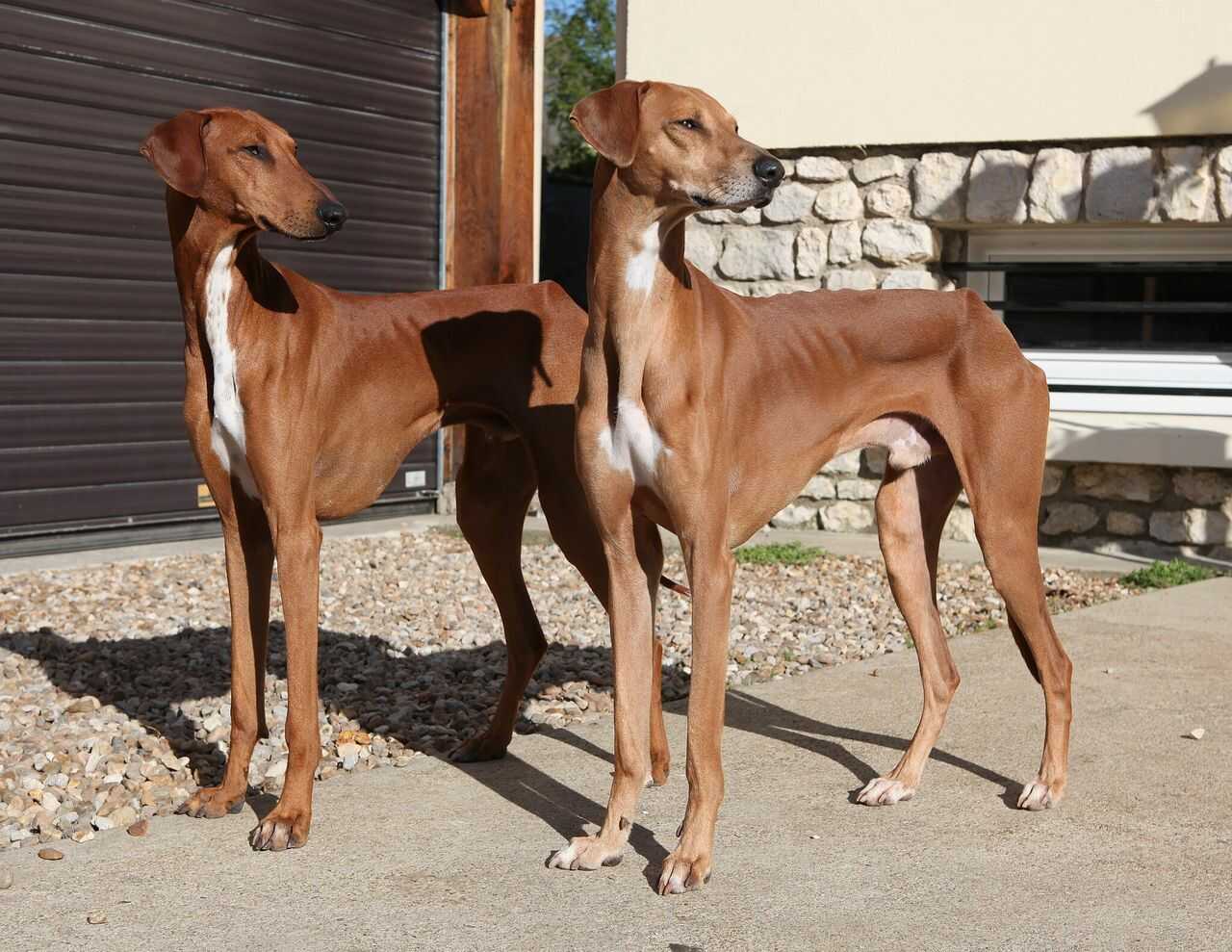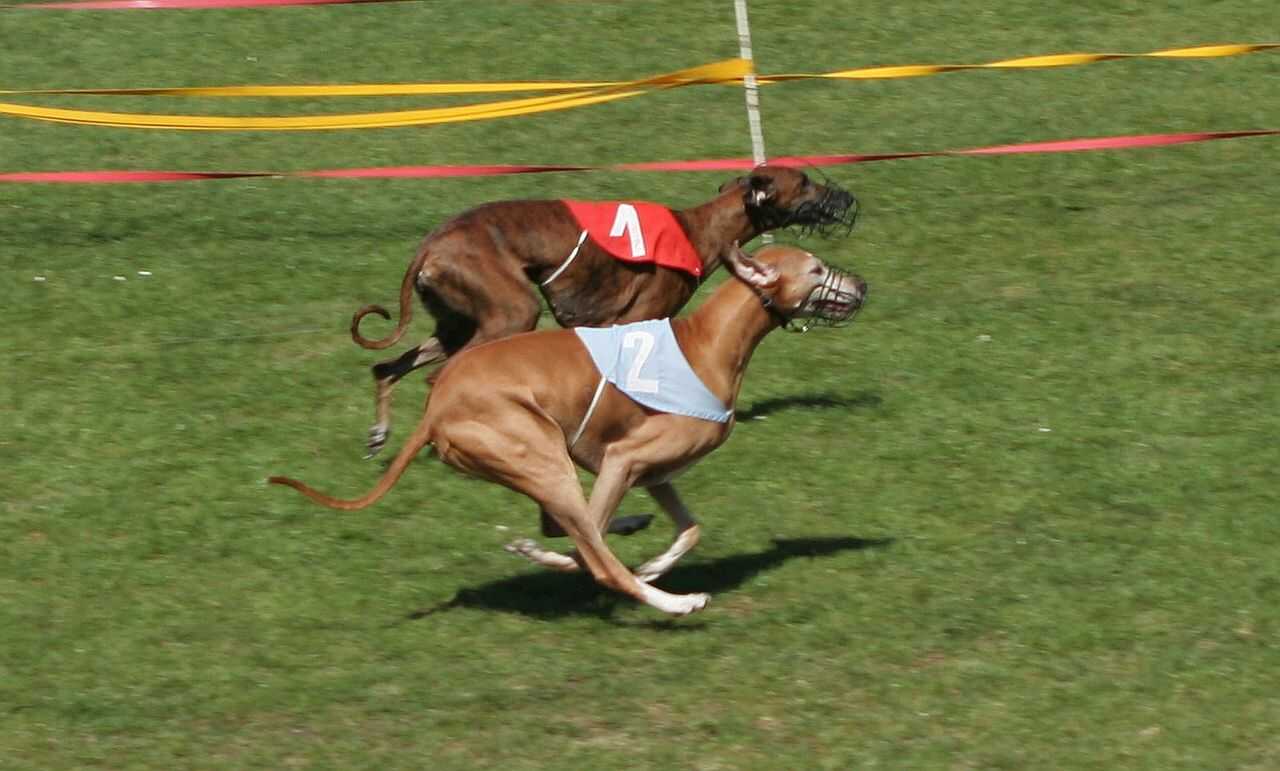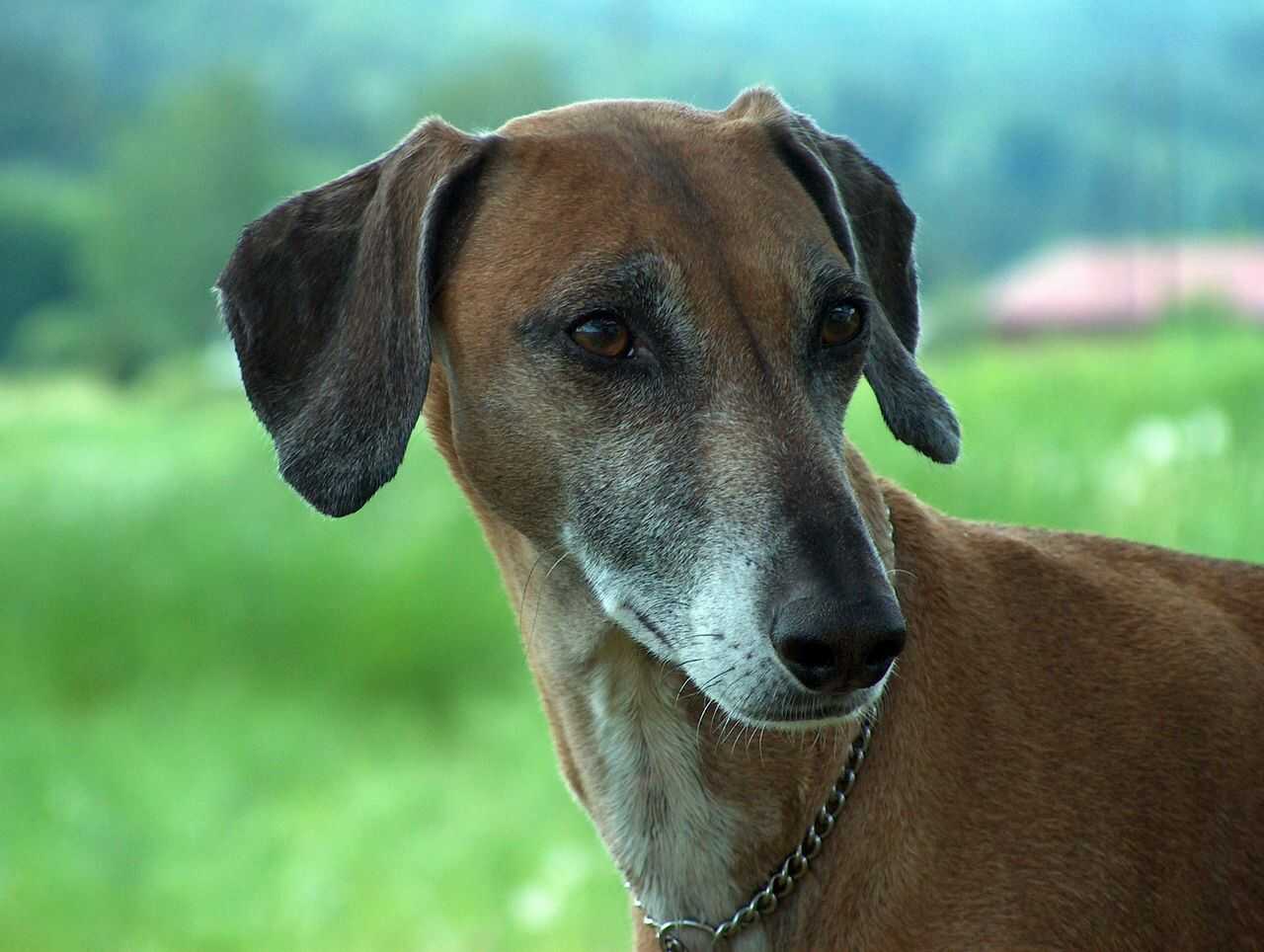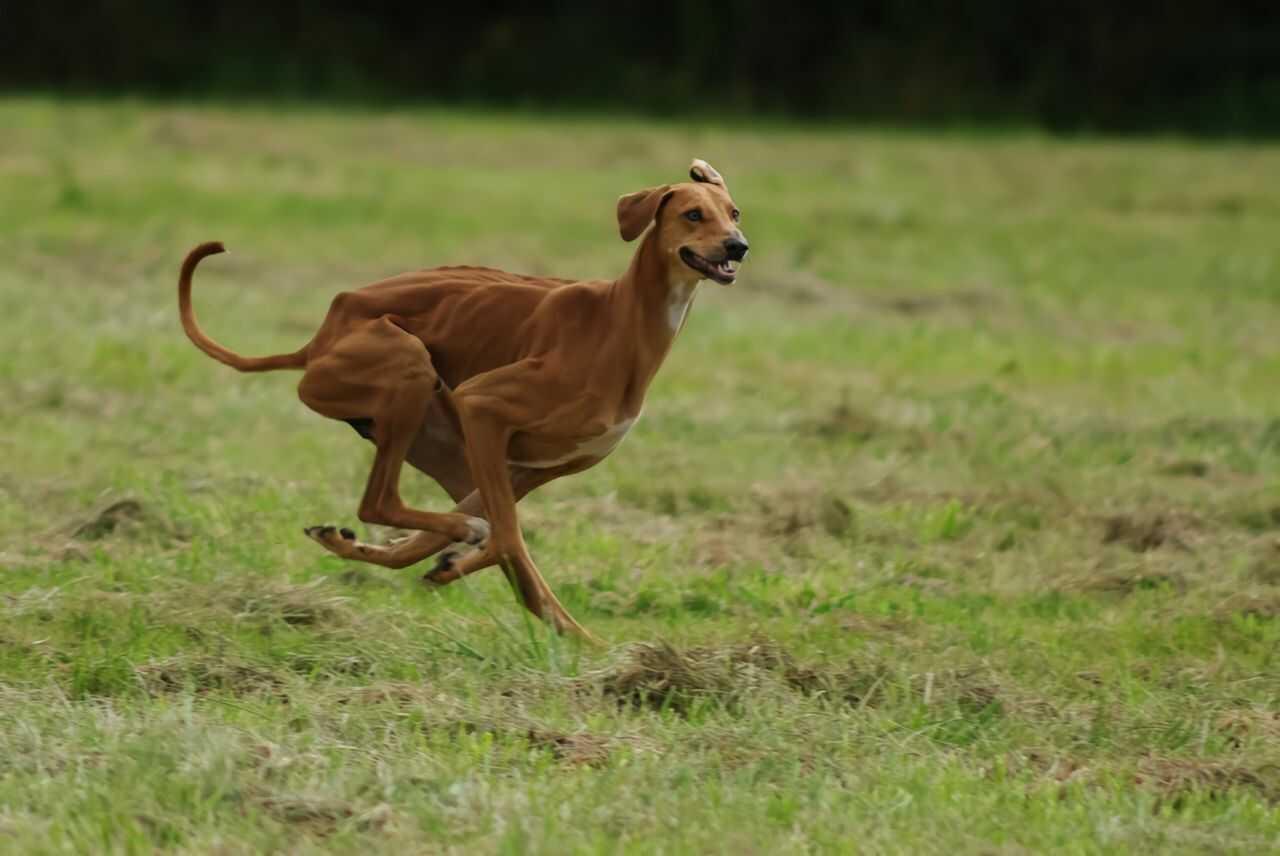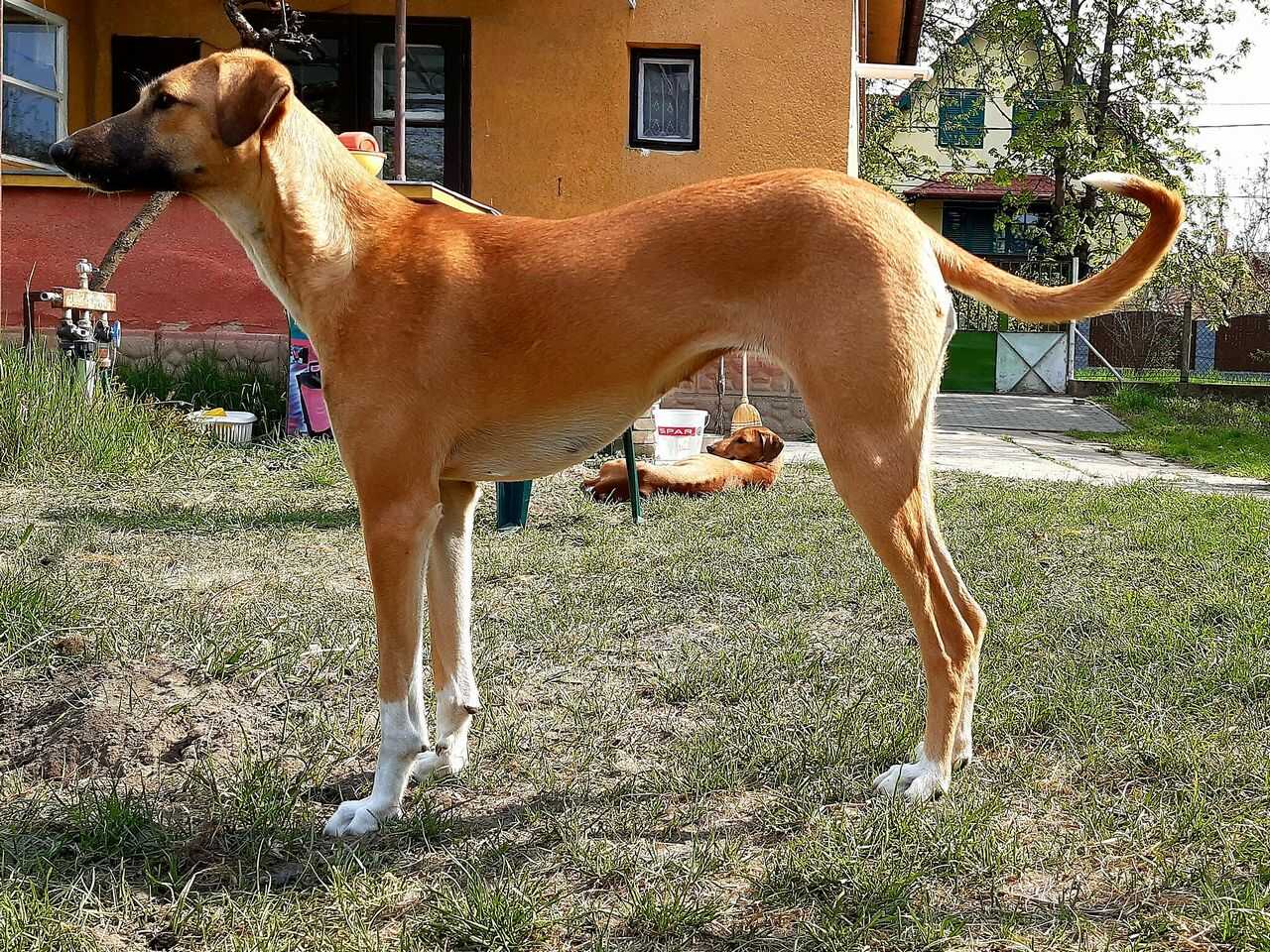
Azawakh
Azawakh
Azawakh
Have you heard of the dog breed called "Azawakh"? It is very rare in Japan, and you may not have seen or heard of it in pet shops. Let's introduce the slim and stylish Azawakh!
Azawakh Basic Infomation

Basic Information
Country of Origin: Mali, West Africa Height: Male 64-74cm Female 58-70cm Weight: Male 20-25kg Female 15-20kg The Azawakh is active and has a light, bouncy gait. It has a small head and a slim body with thin skin, making the ribs visible, but it is very muscular. The nose protrudes forward, and both the legs and tail are long, giving it an elegant, model-like appearance. The coat is short and dense, with colors ranging from golden fawn to dark fawn, and light brownish clear sand. Some have black stripes or white markings on the chest and feet, resembling socks. The eyes and claws are black, with black markings above the eyes resembling eyebrows. Despite its elegant appearance, the Azawakh has a cute face with floppy ears.

History of the Azawakh
The Azawakh was created thousands of years ago by the Tuareg people living in Mali. It is said to be a descendant of the African sighthounds depicted in rock paintings in the central Sahara desert. The Azawakh was kept by the nomadic Tuareg people for hunting gazelles, hares, and ostriches, and for driving away dangerous animals like hyenas, jackals, and lions. The Azawakh was a 'treasure' for the Tuareg people, treated as part of the family, eating and sleeping together with humans. During hunts, the Azawakh would ride with humans on camels to conserve energy until they reached the hunting ground. The Azawakh hunted by sight, relentlessly chasing its prey until it exhausted them, then delivering the final blow. This hunting method was possible only due to the Azawakh's abundant stamina. The Tuareg people managed the breeding of Azawakhs meticulously. Male puppies were selected based on 'coat color, appearance, and ability,' and those not meeting the criteria were neutered to prevent them from reproducing. This strict selection ensured that the Azawakh's stamina, appearance, and abilities have been preserved for thousands of years. Neutered males were still cherished and kept as hunting dogs or pets. Females were important for breeding and were also kept as beloved pets. The Azawakh was not known outside the Tuareg people for a long time. Its name became known when a Yugoslavian doctor saved the Tuareg people from a fierce African elephant attack in the 1970s. In gratitude, the Tuareg gave the doctor several Azawakhs, which were then bred in Yugoslavia, spreading awareness of the breed. Today, Azawakhs still live with the Tuareg people and participate in dog races, utilizing their elegant bodies and stamina. As a breed that originally chased fast animals, Azawakhs are known for their speed, reaching up to 65km/h, making them stars in dog racing.
Azawakh Q&A

What is the Origin of the Name Azawakh?
The name Azawakh comes from the place where they lived. The Sahara Desert where the Tuareg and Azawakh lived became increasingly dry, prompting them to move to more habitable areas, including the 'Azawakh Valley.' The name Azawakh derives from this location. The Azawakh is also known as 'Tuareg Sloughi.' The term 'Sloughi Maghreb' in the local language means 'North African Sighthound,' and since they were kept by the Tuareg, they were also called 'Tuareg Sloughi.'

Is the Azawakh Proud and Cool?
The Azawakh is proud and cool, disliking restrictions. They are independent and cautious, showing no interest in strangers and exuding an aura that says 'don't come near me.' When gathered with other Azawakhs or similar sighthounds, they may fight to prove their superiority. Despite their cool demeanor, Azawakhs are gentle and affectionate with trusted humans and family, perhaps just being shy.

Can Azawakhs Be Kept in Japan?
Azawakhs are rare worldwide, not found in Japanese pet shops, with few breeders. Importing one from abroad is necessary if you want to keep one. Contact overseas breeders and request an import, showing your enthusiasm to the breeder. If you successfully import an Azawakh, you need a large space to keep it. Azawakhs are from Mali and tolerate heat but not cold, so they need a temperature and humidity-controlled indoor environment. Azawakhs dislike confinement and need spacious areas, so a large house is preferable. It is also advisable to have a household without children or other animals. Azawakhs only listen to their recognized leader and may attack others. They are better suited to being with adults who can control them.

Do Azawakhs Need a Lot of Exercise?
Azawakhs have a lot of stamina and need plenty of exercise. They should be walked twice a day for at least 1-2 hours. Simple walks are not enough; they need to run freely in a dog park or large yard. Be cautious in parks or dog runs with various breeds, as Azawakhs' pride may lead to fights. They react to moving objects and can get excited, requiring calmness and control. Dress them warmly in winter to protect their thin skin from the cold. Owners should have the stamina to keep up with their exercise needs.

Are Azawakhs Thin but Don't Eat Much?
Azawakhs are large dogs but appear thin because of their thin skin, visible ribs, and lack of excess fat. They have a muscular build and eat like other large dogs. Choose food labeled as 'complete nutrition,' providing water and balanced nutrition. Maintain their slim figure by managing calorie intake and ensuring regular exercise. Overfeeding can lead to obesity and health issues, so control their diet and snacks carefully.

Is Training an Azawakh Difficult?
Azawakhs are proud and only obey their recognized leader, so establish yourself as the leader from a young age. Train them to walk with you and build trust to avoid unmanageable behavior. Avoid violence; train them with love as part of the family. Consider professional trainers for their strong and large breed. Azawakhs rarely bark without reason but may bark at strangers or due to stress. Teach them not to bark unnecessarily from a young age and manage their stress levels. Training them to 'wait' is essential to manage their hunting instincts. Proper training in puppyhood helps control sudden actions and emotions, allowing them to live in society. Train them with love and patience.

How Do You Groom an Azawakh's Short Coat?
Azawakhs' short coats are easy to groom, requiring weekly brushing. Clean them with a damp towel when dirty. Bathe them monthly, but avoid over-washing to prevent drying their thin skin, leading to diseases. Clean their ears weekly to prevent infections. Grooming strengthens your bond with them, so do it with love.

What Diseases Are Azawakhs Prone To?
Azawakhs are active but have thin skin and legs, prone to certain diseases. Monitor their health closely. 'Bone Fractures': Common in sighthounds like Azawakhs, due to thin legs. Avoid high jumps and hard surfaces. 'Arthritis': Inflammation of cartilage causing pain and difficulty walking. Seek veterinary care for any changes. 'Skin Diseases': Their thin skin makes them prone to skin infections. Seek care for excessive scratching or changes in appearance. The average lifespan of an Azawakh is 10-12 years. While prone to leg and skin issues, they are generally healthy. Ensure they live happily and healthily as part of your family.

Would you like to become a part of the 'Animalbook.jp'?
Turn your knowledge into Q&A and share it with the world. ※Publication will be activated after purchase. Let's share information together!
Azawakh Type of List

- Azawakh
Information
Congratulations! You are the first commenter!

Would you like to leave a comment?
※Please note: This is for the purchase of rights to post comments within the article.

Find Your Favorites!
Our shop offers a unique and attractive selection of goods themed around various animals.
Azawakh References
Azawakh Introduction of media used
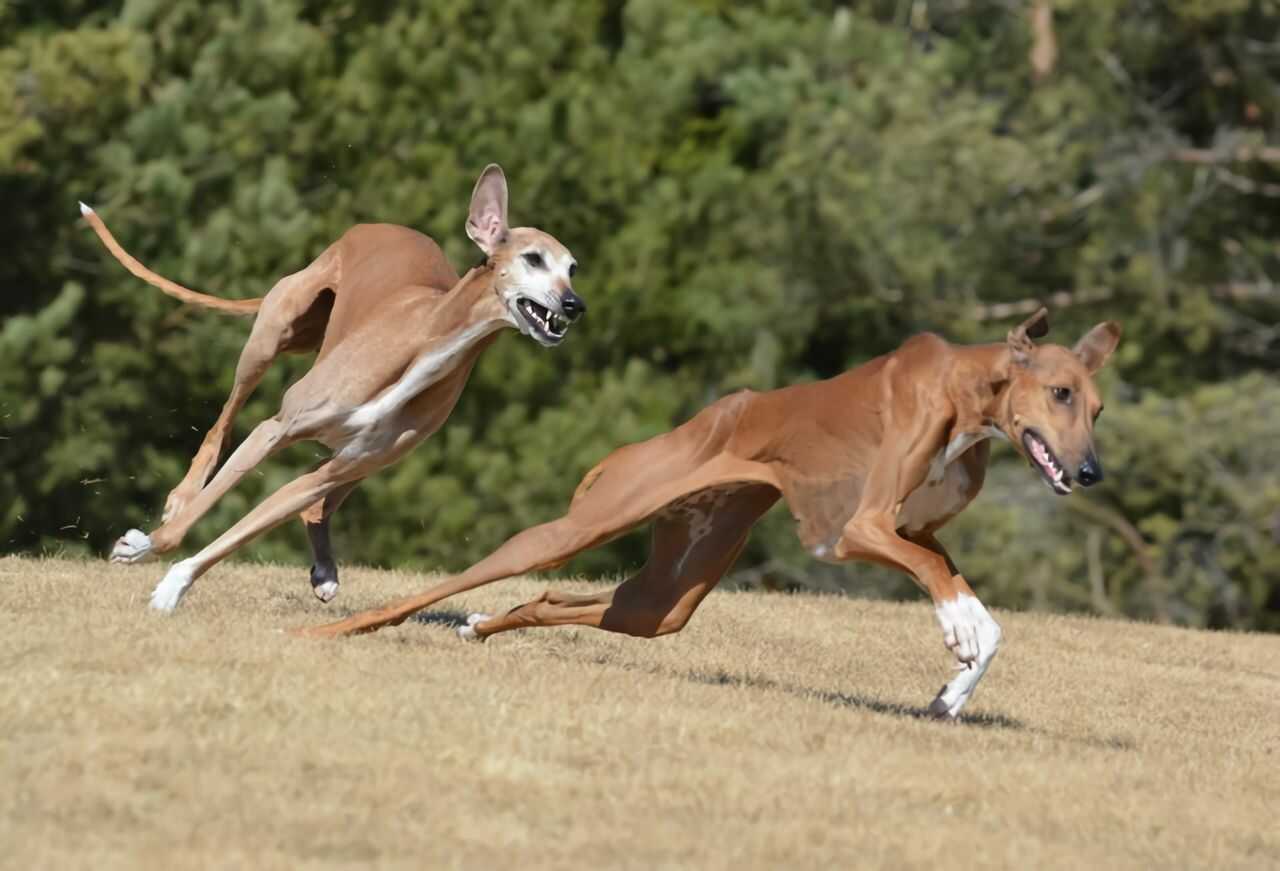
出典:https://commons.wikimedia.org/wiki/File:Azawakh-lek.jpg

出典:https://commons.wikimedia.org/wiki/File:Akiki3_(1_of_1).jpg

Help Enrich Our Animalbook.jp with Your Media!
We are constantly looking to expand and enrich our Animalbook.jp with amazing photos and videos of animals. If you have any media that you'd like to share, please contribute and help us showcase the beauty and diversity of the animal kingdom. Your submissions will be credited and featured in our encyclopedia, reaching a wide audience of animal lovers.
